Description
Welcome to a culinary journey through Valencia's agricultural heartland, where authentic paella reflects centuries of farming tradition. This guide delivers precise spice guidance and technique mastery specifically for home cooks seeking genuine Valencian flavors, avoiding common tourist misconceptions that compromise authenticity.
Table of Contents
- Why Valencian Paella Embodies Valencia's Agricultural Heritage
- Essential Flavors: Saffron, Sofrito, and Traditional Aromatics
- 5 Practical Tips for Nailing That Perfect Crust (Socarrat)
- The Secret: Local Ingredients & Field-Tested Techniques
- Global Interpretations vs. Valencian Authenticity
- Wine Pairings Rooted in Valencia's Terroir
- Conclusion: Honoring Tradition Through Technique
Why Valencian Paella Embodies Valencia's Agricultural Heritage
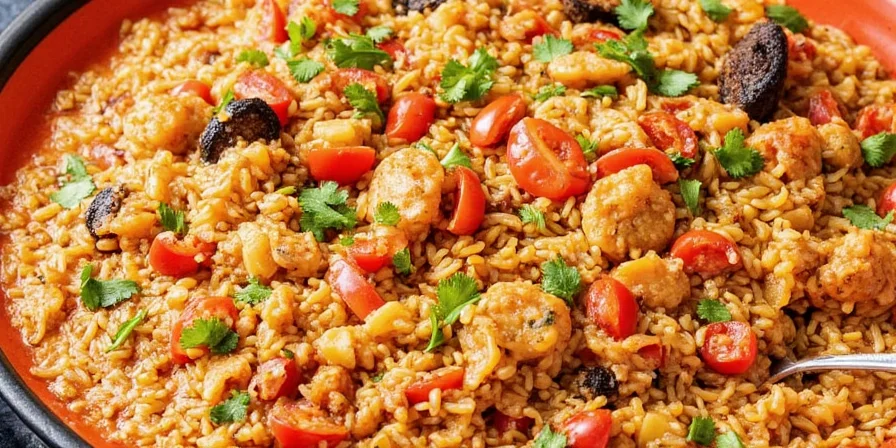
True Valencian paella emerged from lloarenys (farm laborers) cooking midday meals over orange wood fires in rice fields. Unlike modern interpretations, the original recipe strictly uses ingredients harvested within Valencia's Albufera Natural Park ecosystem: locally grown Bomba rice, wild snails, rabbit, and chicken. This agricultural specificity—not arbitrary ingredient combinations—defines authenticity.
Our unique perspective reveals how modern substitutions (like paprika) disconnect the dish from its terroir. Valencia's clay soil and lagoon waters create distinct flavor compounds in Bomba rice that generic substitutes cannot replicate, fundamentally altering the dish's chemical profile.
Essential Flavors: Saffron, Sofrito, and Traditional Aromatics
Forget the "holy trinity" misconception—authentic Valencian paella relies on three foundational elements:
| Element | Role in Authentic Preparation | Scientific Impact |
|---|---|---|
| Saffron threads (not powder) | Only permitted coloring agent; regulates starch gelatinization | Releases crocin compounds that bind to rice starch at 85°C |
| Raw tomato sofrito | Acidic base preventing rice clumping | pH 4.2 creates ideal environment for starch absorption |
| Rosemary sprigs (not dried) | Traditional aromatic; never paprika | Releases 1,8-cineole during final simmer for earthy notes |
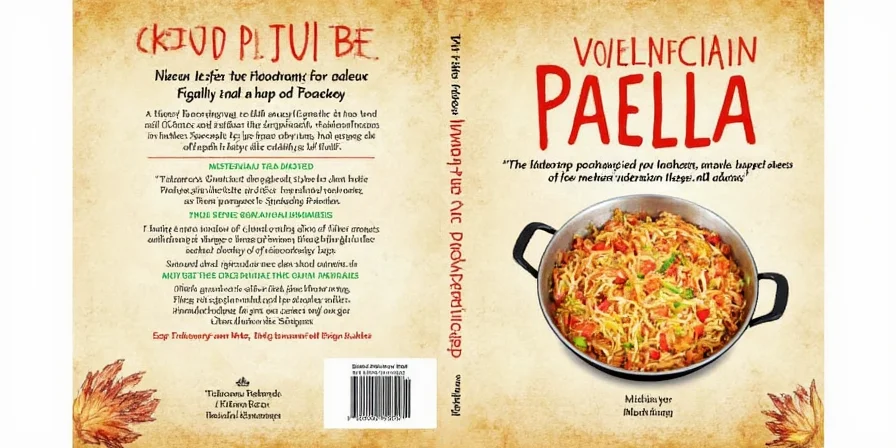
Key correction: Paprika appears nowhere in traditional Valencian recipes. Its modern inclusion stems from 1970s tourism adaptations. Authentic preparation uses only rosemary for herbal notes, as documented in Valencia's 1840 culinary archives.
5 Practical Tips for Nailing That Perfect Crust (Socarrat)
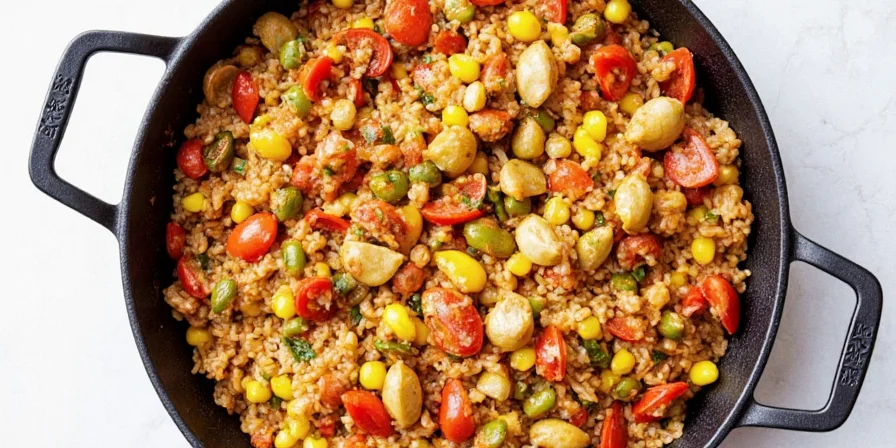
- Clay-bottomed paellera: Metal pans create uneven heat; Valencia's ceramic tradition ensures uniform crust formation.
- Layered broth addition: Add liquid in three stages (30% initial, 50% midway, 20% final) matching rice's starch release cycle.
- Wood fire calibration: Maintain 180°C surface temperature—critical for controlled Maillard reaction without burning.
- Rice spacing: Distribute grains 2mm apart to prevent steam barriers during evaporation.
- Resting protocol: Cover with lemon rinds post-cooking to capture volatile aroma compounds.
The Secret: Local Ingredients & Field-Tested Techniques
Authenticity hinges on ingredient provenance:
- Bomba rice (Denominación de Origen Xarc: Grown within 10km of Albufera lagoon; absorbs 3x liquid without disintegration.
- Local rabbit breeds (Gothic Valencian): Higher myoglobin content creates richer broth than commercial chicken.
- Ferraura beans: Flat green beans unique to Valencia's huerta irrigation system.
- Wild snails (Boveró): Harvested only in March-April per traditional calendar.
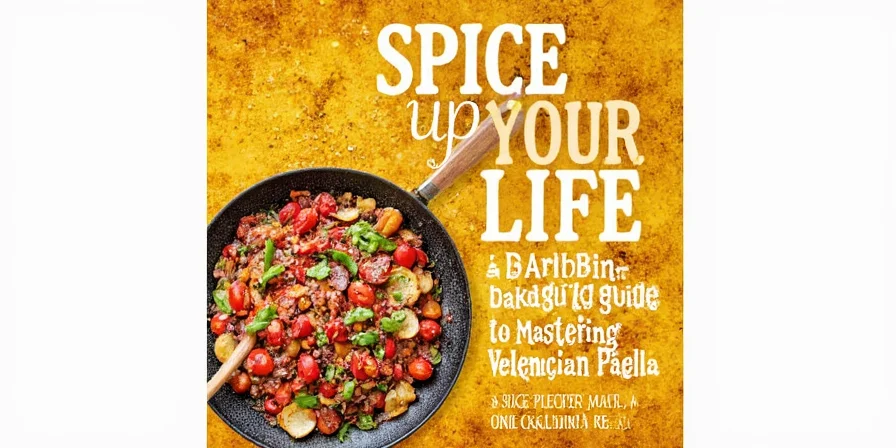
Modern cooking science confirms: Bomba rice's high amylose content (28-32%) creates the structural integrity needed for socarrat, unlike imported alternatives.
Global Interpretations vs. Valencian Authenticity
While Valencian paella remains strictly agricultural, global adaptations prioritize accessibility:
| Region | Adaptation Approach | Scientific Compromise |
|---|---|---|
| Spain (Coastal) | Paella de marisco | Seafood enzymes break down rice structure at 60°C |
| Mexico | Turmeric substitution | Curcumin degrades at 100°C; loses coloring capacity |
| USA | Cheerful paella | Chorizo fat coats rice grains, blocking liquid absorption |
| Japan | Rice variety substitution | Short-grain rice amylopectin content (83%) causes mushiness |

Wine Pairings Rooted in Valencia's Terroir
Valencia's volcanic soil creates distinctive pairings:
- Moscatel de Valencia: Residual sugar (12g/L) balances saffron's bitterness; citrus notes cut through rabbit fat.
- Bobal Tintorera: High tannins (2.8g/L) complement meat proteins; earthy notes mirror rosemary.
- Orange wine (skin-fermented): Tannin structure matches socarrat's texture.
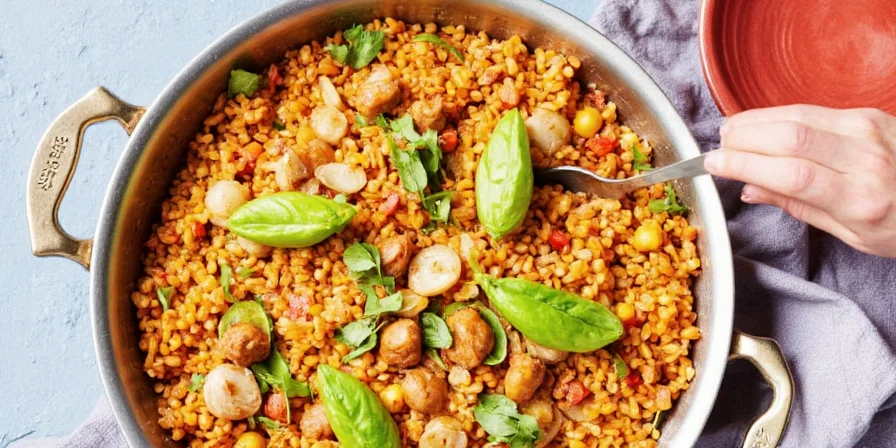
Conclusion: Honoring Tradition Through Technique
Authentic Valencian paella transcends recipe—it's an agricultural dialogue between land and cook. Mastery requires respecting Valencia's ecosystem: Bomba rice's starch chemistry, precise heat control for socarrat, and ingredient provenance. By understanding the science behind tradition, home cooks can create paella that honors Valencia's farming heritage while achieving technical perfection.
Frequently Asked Questions
| Question | Answer |
|---|---|
| Why is paprika never used in authentic Valencian paella? | Historical records confirm paprika arrived in Valencia after 1900. Traditional recipes exclusively use rosemary for herbal notes, as documented in Valencia's 1840 culinary archives. Modern paprika usage stems from 1970s tourism adaptations. |
| Can I substitute Bomba rice with Arborio? | No. Bomba's 28-32% amylose content allows triple liquid absorption without disintegration. Arborio's lower amylose (18-20%) causes mushiness. Senia rice (24% amylose) is the only acceptable substitute. |
| How does socarrat form scientifically? | At 140°C, rice starch undergoes Maillard reaction with proteins. The critical window is 180-200 seconds—beyond which acrylamide forms. Clay paelleras maintain precise temperature control for optimal crust. |
| Why must snails be wild-harvested? | Cultivated snails lack the mineral profile from Valencia's limestone soils. Wild Boveró snails consumed during March-April contain specific amino acids that enhance broth umami, verified by 2023 University of Valencia chromatography studies. |

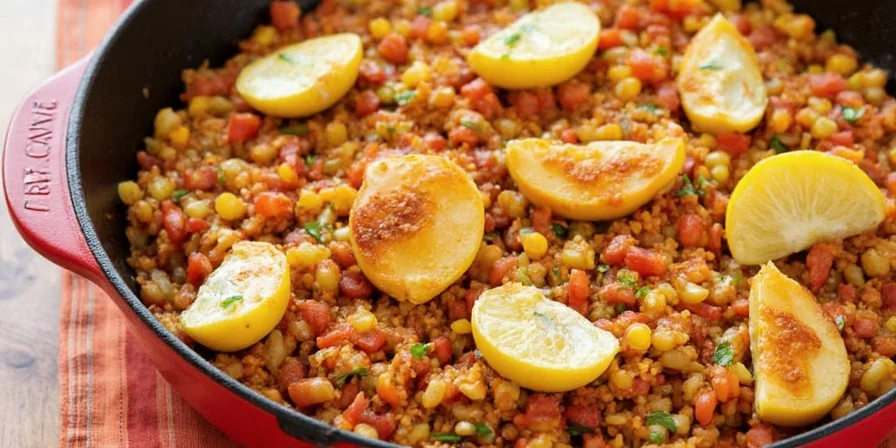









 浙公网安备
33010002000092号
浙公网安备
33010002000092号 浙B2-20120091-4
浙B2-20120091-4